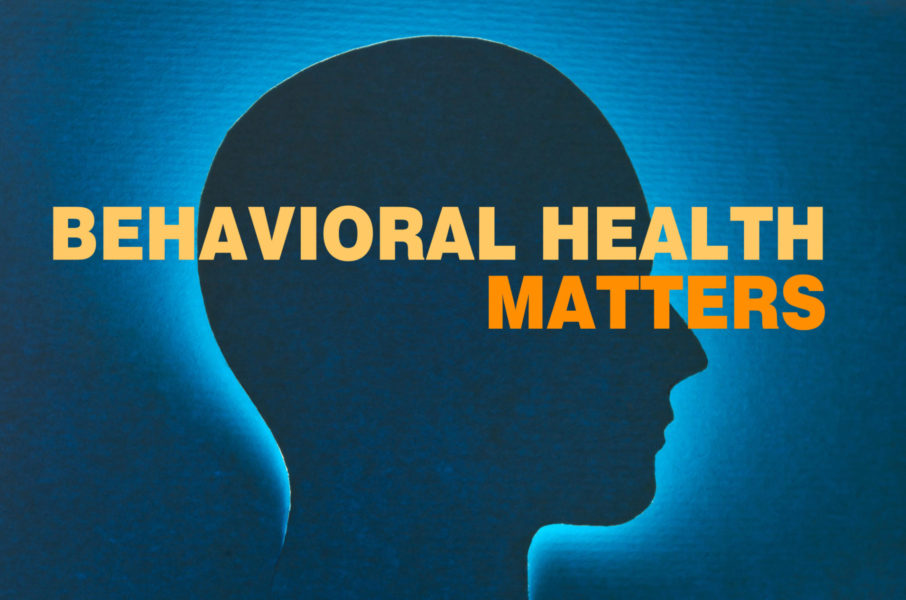Characteristics, Similarities, and Unique Diagnostic Challenges
Borderline personality disorder (BPD) is characterized by an ongoing pattern of varying moods, self-image, and behavior. While these symptoms usually result in impulsive behavior and difficulty maintaining personal relationships with others, they also, in many ways, resemble symptoms of other behavioral health problems, presenting a unique challenge for care providers.
The following are several examples of how symptoms of BPD might be mistakenly conflated with symptoms of other behavioral health issues.
Bipolar Disorder
People that suffer from BPD or bipolar disorder may both experience mood swings or a tendency toward risky or impulsive behavior. The key distinction of BPD is that those that suffer from it can exhibit interpersonal challenges, unstable relationships, fear of abandonment (or perceived abandonment) or trust issues.
Post-Traumatic Stress Disorder (PTSD)
Early childhood trauma, a risk factor for PTSD, increases the likelihood of developing BPD, and about 53 percent of people suffering from BPD also meet at least some of the criteria for PTSD. But PTSD has some unique characteristics that set it apart from BPD, such as emotional numbness and hypervigilance.
Major Depressive Disorder (MDD)
People suffering from BPD can experience symptoms that are similar to MDD, including low mood, lack of interest, fatigue, and sleep problems. Furthermore, 38 to 71 percent of people with one disorder also have the other, which can further complicate the diagnostic process. One thing that sets the two disorders apart, however, is stability. A lack of mood stability is characteristic of BPD, and generally doesn’t exist with MDD.
Substance Use Disorder (SUD)
Substance use, as a means of emotional regulation or management, is something in common between those suffering from BPD and from SUD. For that same reason, people suffering from BPD are more likely to develop a substance abuse problem than the general population. While both conditions have a tendency toward impulsivity, the main differentiator is that with BPD impulsive behavior occurs outside the context of substance use as well. People suffering from BPD can demonstrate impulsivity in spending, casual sex, reckless driving, or binge eating, just to name a few.
Anxiety Disorder
Like anxiety, people suffering from BPD can often get into a crisis state where they feel overwhelmed by their emotions and aren’t really sure how to regulate them. Between 75 and 90 percent of people suffering from BPD also fit the criteria for some kind of anxiety disorder, such as social anxiety or panic disorder. The difference between the two is time and intensity. Anxiety typically occurs more frequently and over longer cycles (sometimes lasting up to six months at a time). It is more pervasive and chronic than the anxiety-like symptoms resulting from BPD.
With so many similarities with other behavioral health problems, borderline personality disorder presents a unique diagnostic challenge. The good news is that providers and family members, by and large, are seeing the bigger picture, and continue to provide much-needed ongoing support.
The elimination of stigma is also important in addition to clinical and familial support. Interested in doing your part? Please share this content by clicking any of the social media icons below!




